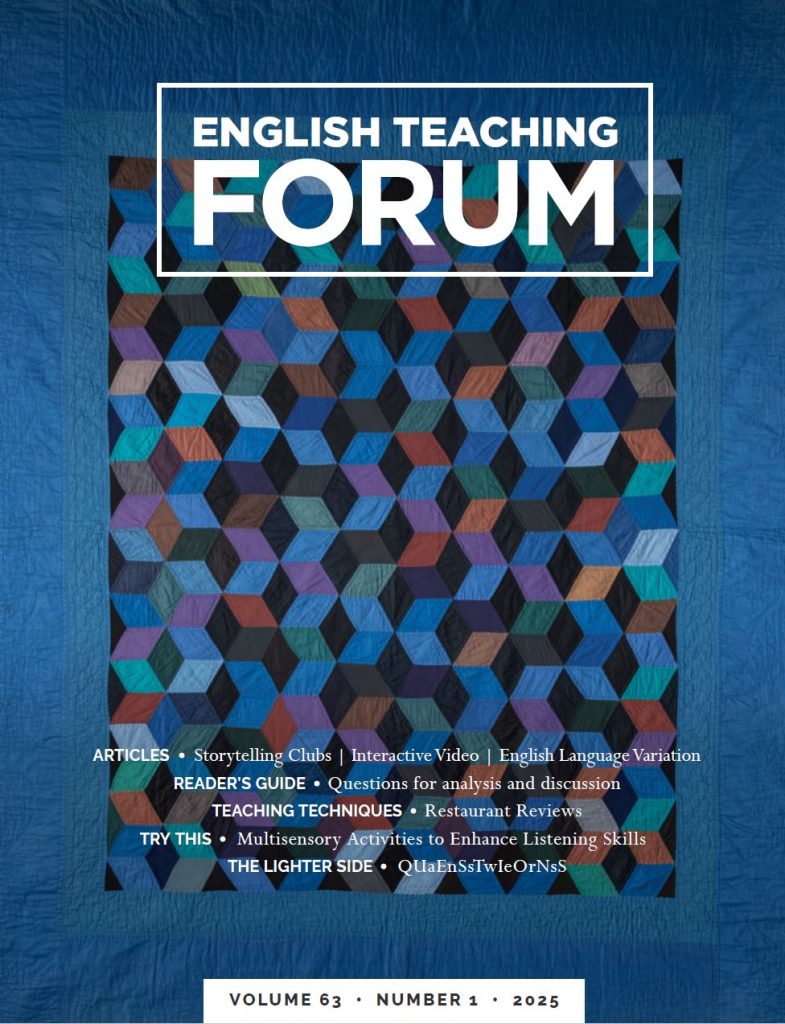Now Reading: Inside Kiehl’s program to sell its popular facial cream in refillable containers
-
01
Inside Kiehl’s program to sell its popular facial cream in refillable containers
Inside Kiehl’s program to sell its popular facial cream in refillable containers

An increasing number of consumer goods companies are testing out reusable or refillable packaging options, typically starting with smaller brands. However, personal care brand Kiehl’s is breaking the trend by introducing refillable choices for some of its popular products like the Ultra Facial Cream and Ultra Facial Oil-Free Gel Cream.
Under the Kiehl’s Refillery program, customers can opt to refill in-store or purchase pouches to refill their existing containers two to three times, depending on the product. Apart from the facial creams, the program includes other items like body moisturizer, liquid cleanser, shampoo, and conditioner.
Sales of refillable packaging doubled in 2024, with refill options accounting for 16 percent of transactions for the six products, stated Maggie Kervick, who serves as the vice president of sustainability and corporate responsibility for Kiehl’s. The brand, established 174 years ago in New York, was acquired by L’Oreal in 2000.
The refill program initially focused on hair and body products in April 2021 before expanding to include the best-selling face cream to gather more data. Kiehl’s product teams consider factors like ingredient sensitivity, product updates, and replenishment frequency when deciding on a refillable version.
Kiehl’s offers refills in-store and multi-material plastic pouches for at-home use, reducing packaging materials significantly. However, the pouches are not easily recyclable, leading to an “imperfect solution,” according to industry experts. The brand is exploring transitioning to a monomaterial plastic film in 2026 for better recyclability.
Kiehl’s is also adjusting its packaging by incorporating post-consumer recycled content and shifting to polypropylene plastic. The brand views refills as a key strategy to drive source reduction and environmental sustainability.
By pricing refill pouches at a discount compared to regular packaging, Kiehl’s aims to attract customers and encourage sustainable practices. The brand is closely monitoring sales margins, customer adoption, and product mix in different retail settings to gauge the program’s success.






